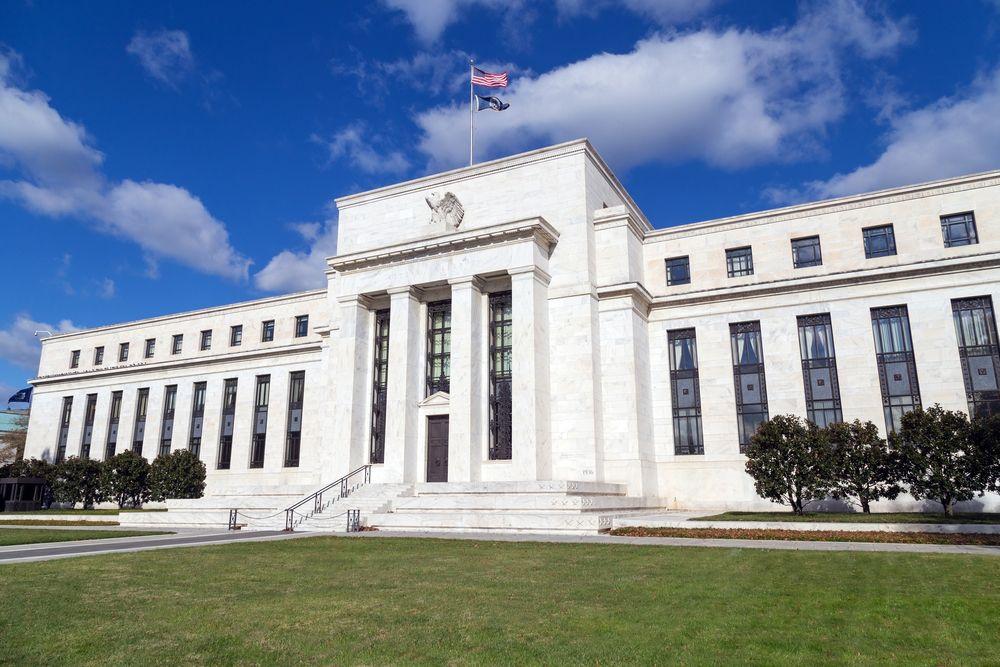In the intricate dance of global finance, central banks are the maestros orchestrating the symphony of economic stability. As the world teeters on the precipice of uncertainty, these formidable institutions wield their influence with precision, shaping the very contours of global credit risk strategies. From the bustling corridors of Wall Street to the emerging markets of Southeast Asia, central banks dictate the tempo of lending, borrowing, and investment, steering economies through the tumultuous seas of inflation, recession, and growth. This article delves into the pivotal role central banks play in crafting the frameworks that govern credit risk, exploring the delicate balance they maintain between fostering economic growth and safeguarding financial stability. Join us as we unravel the complexities of monetary policy, interest rate adjustments, and regulatory measures, and discover how these powerful entities shape the strategies that underpin the global financial system.
Central Banks as Architects of Global Credit Landscapes
In the intricate tapestry of global finance, central banks stand as pivotal figures, orchestrating the ebb and flow of credit risk strategies. Through their monetary policies, they not only influence interest rates but also set the tone for economic stability and growth. Central banks employ a variety of tools to shape the credit landscape, including:
- Interest Rate Adjustments: By raising or lowering interest rates, central banks can either encourage borrowing and spending or tighten credit conditions to curb inflation.
- Quantitative Easing: This unconventional monetary policy involves purchasing government securities or other financial assets to inject liquidity into the economy, thereby lowering long-term interest rates and encouraging lending.
- Regulatory Frameworks: Central banks establish regulations that dictate lending practices, ensuring that financial institutions maintain adequate capital reserves and adhere to risk management protocols.
These strategies are not merely reactive measures; they are carefully crafted blueprints designed to navigate the complexities of global credit dynamics. By wielding their influence with precision, central banks aim to foster an environment where credit risk is managed effectively, ensuring economic resilience and sustainable growth.

Navigating Monetary Policys Impact on Credit Risk
In the ever-evolving landscape of global finance, the role of central banks in influencing credit risk strategies cannot be overstated. As these institutions adjust interest rates and employ quantitative easing or tightening measures, the ripple effects are felt across the spectrum of credit markets. Understanding these impacts is crucial for financial institutions aiming to navigate the complexities of credit risk. When central banks implement monetary policy changes, it often leads to shifts in borrowing costs, which can alter the creditworthiness of borrowers and affect the valuation of existing credit portfolios.
Financial strategists must be adept at responding to these changes by adopting agile risk management practices. Consider the following approaches:
- Dynamic Risk Assessment: Regularly update risk models to reflect the latest monetary policy shifts and their potential impacts on borrower behavior.
- Portfolio Diversification: Mitigate risk by diversifying credit portfolios across various sectors and geographies that may be differently affected by central bank policies.
- Stress Testing: Conduct rigorous stress tests to anticipate potential vulnerabilities in credit portfolios under different monetary scenarios.
By incorporating these strategies, financial institutions can better position themselves to withstand the challenges posed by central bank policies, ultimately safeguarding their credit portfolios against unforeseen risks.
Strategic Insights into Central Bank Influences
Central banks wield a profound influence over global credit risk strategies through their monetary policies and regulatory frameworks. By adjusting interest rates, central banks can either stimulate or restrain economic activity, directly impacting the borrowing costs for businesses and consumers. Low interest rates often lead to increased borrowing and risk-taking, while high rates can curb credit expansion and heighten the focus on risk management. Moreover, central banks’ open market operations and quantitative easing programs can inject liquidity into the financial system, altering the risk appetite of investors and financial institutions.
Beyond monetary policy, central banks also shape credit risk strategies through their regulatory oversight. They establish capital requirements, stress testing protocols, and risk management guidelines that financial institutions must adhere to, ensuring stability and resilience in the financial system. These regulations can influence the credit risk appetite of banks and other lenders, dictating how they assess and manage risk in their portfolios. Additionally, central banks’ role in maintaining financial stability means they are often at the forefront of responding to global financial crises, providing a backstop that can mitigate systemic risk and guide strategic credit risk adjustments.
Crafting Resilient Credit Risk Strategies in a Central Bank Driven World
In today’s interconnected financial landscape, central banks play a pivotal role in shaping the contours of credit risk strategies. As the architects of monetary policy, they wield significant influence over interest rates, liquidity provisions, and regulatory frameworks. This dynamic necessitates that financial institutions develop resilient strategies that can adapt to the shifting sands of central bank policies.
Key considerations for crafting such strategies include:
- Interest Rate Sensitivity: Understanding the implications of central bank rate adjustments on borrowing costs and credit spreads.
- Liquidity Management: Ensuring robust liquidity buffers to navigate periods of monetary tightening or easing.
- Regulatory Compliance: Aligning risk management practices with evolving central bank regulations and guidelines.
By integrating these elements, institutions can better position themselves to mitigate risks and capitalize on opportunities in a central bank-driven world.





